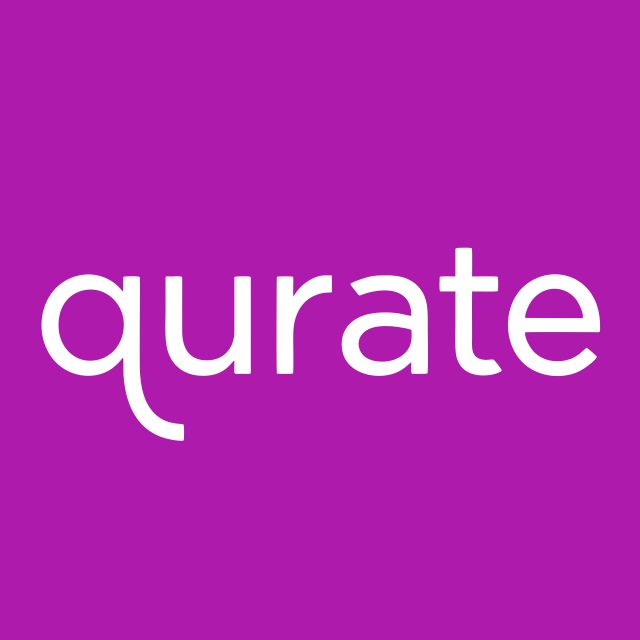Company Analysis Qurate Retail
1. Summary
Advantages
- Price (0.359 $) is less than fair price (0.8469 $)
- The company's current efficiency (ROE=440.27%) is higher than the sector average (ROE=-22.65%)
Disadvantages
- Dividends (0%) are below the sector average (0.4323%).
- The stock's return over the last year (-70.08%) is lower than the sector average (-4.63%).
- Current debt level 60.22% has increased over 5 years from 42.81%.
Similar companies
2. Share price and performance
2.1. Share price
2.2. News
2.3. Market efficiency
| Qurate Retail | Consumer Discretionary | Index | |
|---|---|---|---|
| 7 days | 0.1% | 0.6% | 1% |
| 90 days | 3.8% | -5.6% | -8.6% |
| 1 year | -70.1% | -4.6% | 9.1% |
QRTEA vs Sector: Qurate Retail has significantly underperformed the "Consumer Discretionary" sector by -65.45% over the past year.
QRTEA vs Market: Qurate Retail has significantly underperformed the market by -79.18% over the past year.
Stable price: QRTEA is not significantly more volatile than the rest of the market on "NASDAQ" over the last 3 months, with typical variations of +/- 5% per week.
Long period: QRTEA with weekly volatility of -1.35% over the past year.
3. Summary of the report
4. Fundamental Analysis
4.1. Stock price and price forecast
Below fair price: The current price (0.359 $) is lower than the fair price (0.8469 $).
Price significantly below the fair price: The current price (0.359 $) is 135.9% lower than the fair price.
4.2. P/E
P/E vs Sector: The company's P/E (6.21) is lower than that of the sector as a whole (39.25).
P/E vs Market: The company's P/E (6.21) is lower than that of the market as a whole (48.7).
4.2.1 P/E Similar companies
4.3. P/BV
P/BV vs Sector: The company's P/BV (-0.1483) is lower than that of the sector as a whole (0.2252).
P/BV vs Market: The company's P/BV (-0.1483) is lower than that of the market as a whole (3.42).
4.4. P/S
P/S vs Sector: The company's P/S indicator (0.0146) is lower than that of the sector as a whole (3.81).
P/S vs Market: The company's P/S indicator (0.0146) is lower than that of the market as a whole (10.24).
4.4.1 P/S Similar companies
4.5. EV/Ebitda
EV/Ebitda vs Sector: The company's EV/Ebitda (-4.27) is lower than that of the sector as a whole (2.51).
EV/Ebitda vs Market: The company's EV/Ebitda (-4.27) is lower than that of the market as a whole (25.23).
5. Profitability
5.1. Profitability and revenue
5.2. Earnings per share - EPS
5.3. Past profitability Net Income
Yield Trend: Negative and has fallen by -41.5% over the last 5 years.
Accelerating profitability: The return for the last year (0%) exceeds the average return for 5 years (-41.5%).
Profitability vs Sector: The return for the last year (0%) is lower than the return for the sector (136.33%).
5.4. ROE
ROE vs Sector: The company's ROE (440.27%) is higher than that of the sector as a whole (-22.65%).
ROE vs Market: The company's ROE (440.27%) is higher than that of the market as a whole (8.97%).
5.5. ROA
ROA vs Sector: The company's ROA (-12.52%) is lower than that of the sector as a whole (4.59%).
ROA vs Market: The company's ROA (-12.52%) is lower than that of the market as a whole (6.31%).
5.6. ROIC
ROIC vs Sector: The company's ROIC (4.03%) is lower than that of the sector as a whole (9.46%).
ROIC vs Market: The company's ROIC (4.03%) is lower than that of the market as a whole (10.96%).
7. Dividends
7.1. Dividend yield vs Market
Low yield: The dividend yield of the company 0% is below the average for the sector '0.4323%.
7.2. Stability and increase in payments
Unstable dividends: The company's dividend yield 0% has not been consistently paid over the past 7 years, DSI=0.5.
Weak dividend growth: The company's dividend yield 0% has been growing weakly or stagnant over the past 5 years. Growth over only 0 years.
7.3. Payout percentage
Dividend Coverage: Current payments from income (11.69%) are at an uncomfortable level.
Pay for your subscription
More functionality and data for company and portfolio analysis is available by subscription




